#1676-1679 - Various
#1676 - Chlenias sp.
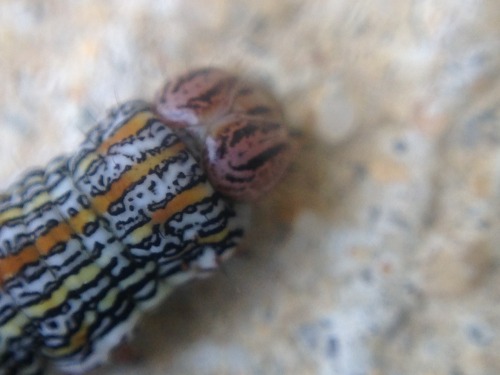

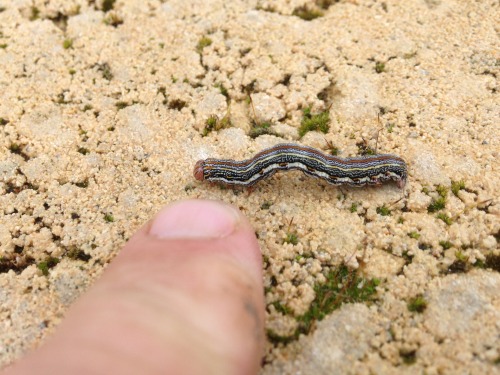
A Geometrid caterpillar genus with a wide diet, including many native and introduced species. This one was one of hundreds strolling aimlessly around the footpath, bare sand and walls at a job in Halls Head, Perth. More were busy reducing the kerbside shrubs to even more ragged than they already were, although I’m not sure what species the shrub were, or exactly which Chlenias this is.
#1677 - Fam. Scatopsidae - Minute Black Scavenger Flies
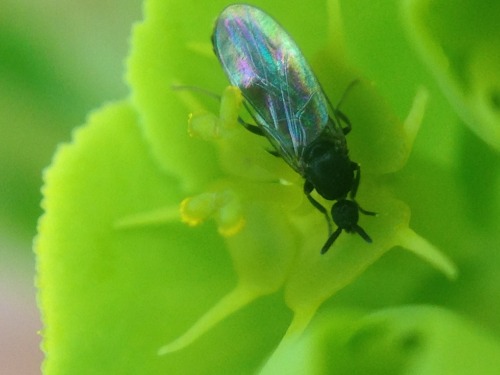
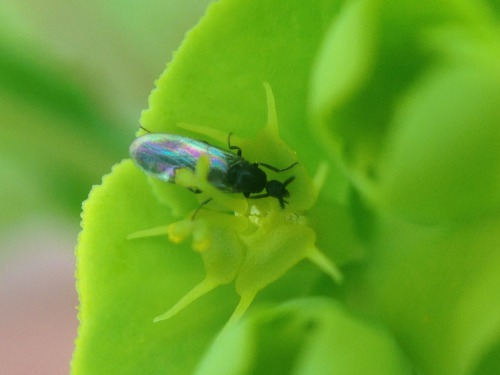
Also known as Dung Midges. Spotted on a ‘Geraldton Carnation’ (Euphorbia terracina).
A small family of about 250 known species, which has been around since at least the Cretaceous. The larvae for most species are unknown, but the ones that are are saprophages, found in decaying plant and animal matter.
#1678 - Lasioglossum (Chilalictus) sp.

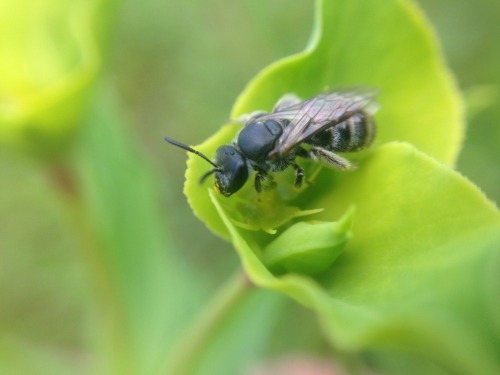
From an Australian subgenus of the huge Sweat Bee genus Lasioglossum. There’s over 1700 species of Lasioglossum worldwide, and well over 100 species from the Chilalictus subgenus, most of them described by Ken Walker in 1995.
Lasioglossum bees usually nest underground, and may be solitary, communal, or eusocial, and some species are cleptoparasites or social parasites. In at least two of our communal Clilalictus species, the females will happily regurgitate food for other bees of the same species, even if those females come from a nest kilometers away.
#1679 - Nearcha dasyzona - Grey Nearcha
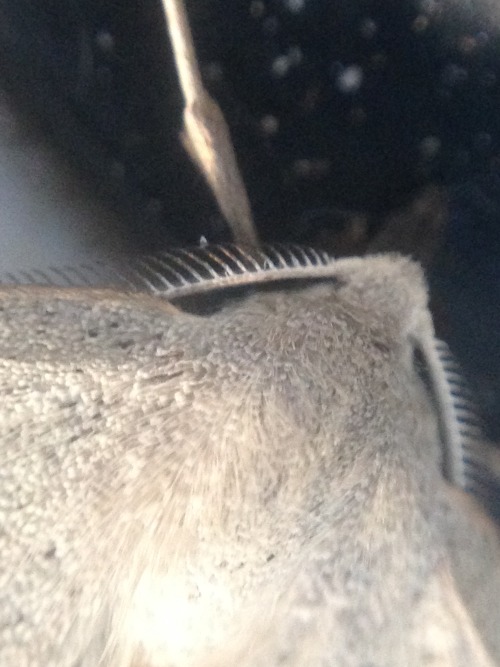

An Oenochromine Geometrid found in all mainland states, but usually in the drier parts, so seeing one in Perth is a little strange. On the other hand, maybe it isn’t dasyzona, but from one of the other 12 species. Some of them are quite similar. This one is male, assuming it’s actually that species.
I don’t have an information on diet.